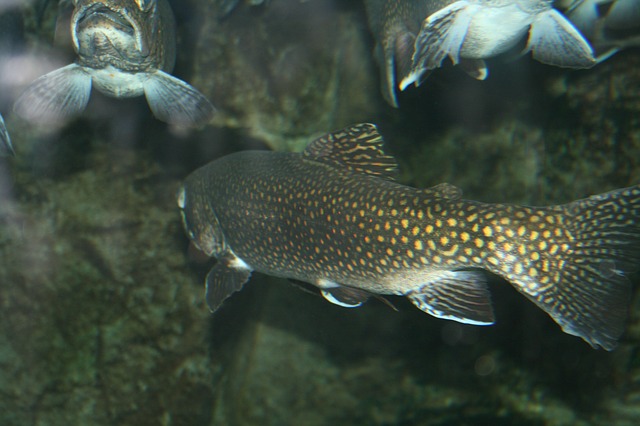

Aquaculture allows seafood to be farmed under controlled circumstances rather than caught in the wild. Without aquaculture, seafood fisherman runs the risk of over fishing. Instead, the demand for fish for restaurants and grocery stores can be met without depopulating the seas. However, there are still ways that aquaculture can become more sustainable, check out the details at globalsalmoninitiative.org/en.
These five approaches can create aquaculture that is sustainable to support the seafood industry.
Contents
If aquaculture is to succeed, the end-users need to be encouraged to buy from sustainable seafood farmers. Aquaculture needs to be advertised like other popular foods, like the Got Milk? Campaign. When people understand how farmed fish is just as good as fish caught in the wild, but is better for the environment, more people will be interested in eating it. But, if consumers don’t know what aquaculture is, they don’t know how to support it.
Agriculture is subsidized financially by the government. Aquaculture might not need subsidies, but it does need to have incentives. When more fish farms exist, less wild-caught fish are needed. The incentives do not have to be government-based. Incentives could come from private industries or from educational organizations, especially those that are already active in coastal movements.
Along with incentivizing aquaculture, the technologies that support it should also have investment and incentives available for interested parties. With better technology, farmed fish will be easier to grow and sell. Technologies are needed to treat wastewater, to feed farmed fish, to transport it, and to maintain the environment. Developing new technology is not cheap, so help from private industries, educational organizations, and the government is welcome. Investing in new technologies will only help the future of seafood.
Currently, many farm-raised fish are fed by fish caught in the wild. If aquaculture is to become more sustainable, the way farmed fish are fed needs to be more sustainable. By taking young fish from the wild, aquaculture is doing the opposite of what it is designed to do: it is contributing to the overfishing of the seas. Developing a new feed for farm-raised fish needs to be treated like developing new technologies. Incentives and investments can encourage scientists to develop a feed that is sustainable.
Finally, just as science is looking at the impact of agriculture on the environment as a whole, science needs to look at the overall impact of aquaculture. Individual farms can be environmentally friendly and sustainable. But, if all aren’t, then too much damage is being done to the lakes, oceans, and other waterways that support fish farms. Agencies need to take a close look at regulations regarding diseases and pollution. They also need to look at zoning for fish farms and what the ideal capacity is. It is also important to consider the environmental impact of transporting fish to their final destination.
Pay-Per-Click (PPC) is the most popular way of digital marketing that allows a business to…
Investing in Gurgaon’s real estate market presents exciting opportunities, but a common dilemma for investors…
The year 2020 and the pandemic threw a wrench into everyone's plans. Companies that were…
AI is successful in boosting the productivity of organizations while helping them save cost and…
Suppose you battle back discomfort or other associated ailments due to sitting for lengthy periods…
In November 2023, investor Maksym Krippa acquired the Parus Business Center, redefining the commercial real…